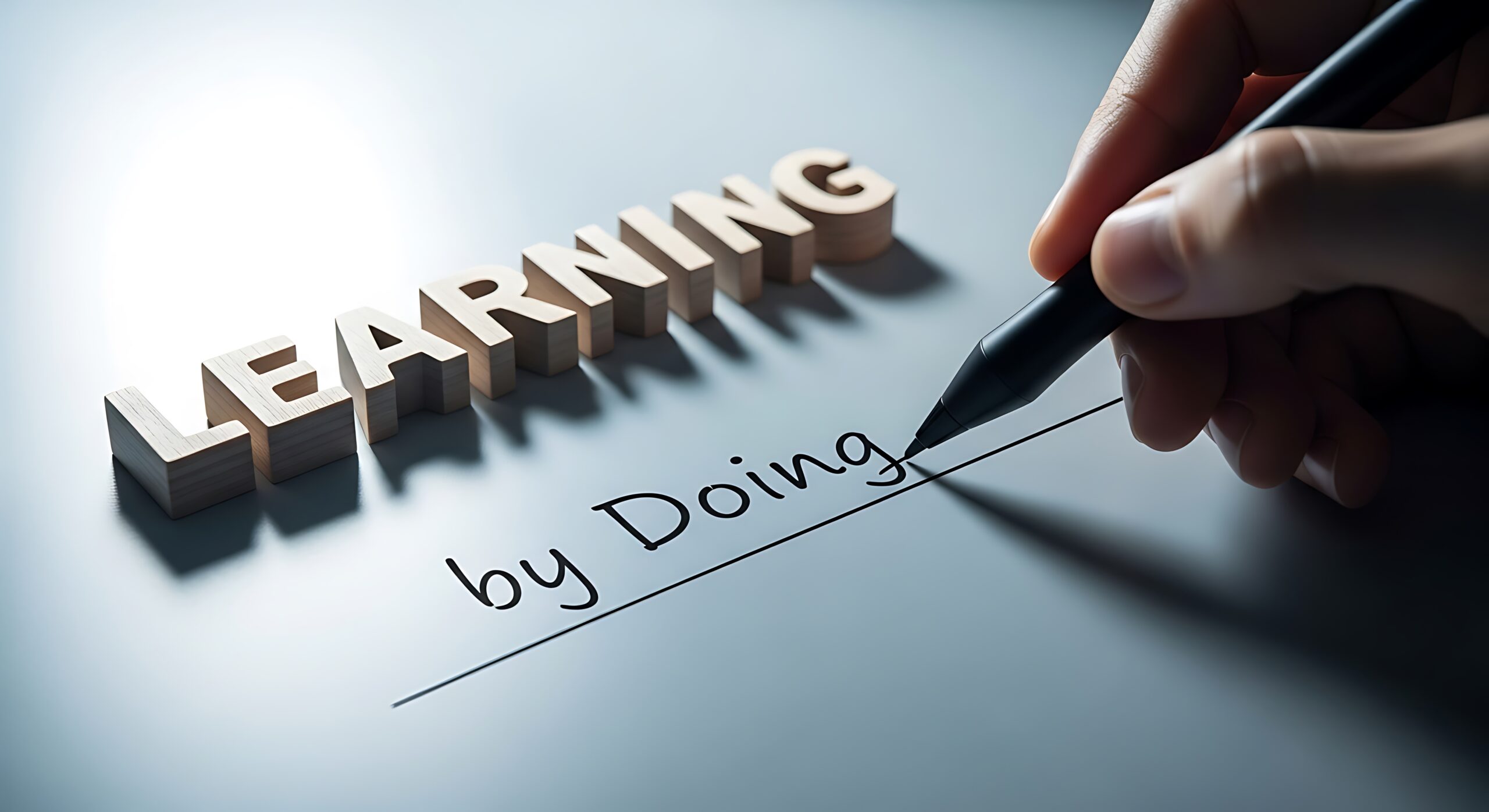As AI reshapes organisations, L&D professionals face a dual challenge: meeting growing technical demands while supporting behavioural change. Lynsey Whitmarsh explores how learning teams can use their unique strengths, connections, creativity, behaviour change and insights, to drive strategic reskilling and ensure AI adoption enhances rather than isolates the modern workforce.
As companies use AI to drive efficiencies or boost productivity, how these fast-emerging tools can be used in workforces’ strategic learning and reskilling, remains open to debate.
Global research has emphasised how organisations need to strategically revamp their workforces’ skills and capabilities for AI while ensuring there are guardrails for its safe use. AI tools will increasingly augment worker’s capabilities, streamline processes, and/or make us reassess which colleagues should lead future strategic and creative work. It won’t solve all enterprise problems, however, especially those requiring skills around system integration or employee support. Its potential to limit people’s workplace interactions could lead to employees’ isolation and exacerbate feelings of burnout.
Many firms are developing tactical AI projects to support particular lines of business without involving the rest of their organisation
Hemsley research of company learning practitioners has found widespread optimism about AI, nearly two-thirds (61%) think AI can benefit learning. However, there is a lack of strategic focus: many firms are developing tactical AI projects to support particular lines of business without involving the rest of their organisation.
Dual requirement
Tellingly for the future, AI technologies could affect the ways that workforces collaborate and also redefine required managerial expertise. These are more profound shifts in workplace learning needs for L&D practitioners and company leaders to address than previous trends such as e-commerce or automation. There is also the human side: as organisations rethink the work we do, they must address readying their people for change and not under-estimate employees’ required behavioural ‘effort’ when switching to new tools (e.g. fitting extra training into busy diaries or learning in new ways).
This means today’s L&D agenda isn’t simply about equipping people with digital skills to innovate with AI. It’s a more strategic shift, helping workforces refine the type of human / leadership skills that enable anyone from senior executives to individual employees to lead great work to completion, whether their organisation’s workflows are being augmented, or completely overturned, by AI.
For learning professionals, it’s a double whammy: how do they fulfil their organisation’s technical skills requirements while helping leaders and workers become more rounded, adaptable and resilient and keep them connected to colleagues?
Four advantages
L&D teams will need a radical approach for this extraordinary task. They will need to leverage their unique relationships across their organisation to help their leaders inspire change, and connect with the wider organisation, to organise dynamic new learning and behavioural change. The good news is that learning professionals have four superpowers to take colleagues with them: connections, creativity, expertise in changing behaviours, and insights into how learning at work succeeds.
1) Better connected
Learning professionals need to harness their connections with HR and executive teams to define the upskilling task ahead. They need their boards to identify their AI/digital and human/leadership skills requirements and decide whether such programmes should be run together or in tandem. L&D teams and leaders need to determine what success looks like, since many executives are undecided over strategy: fewer than one third of CEOs currently integrating AI into workforce and skills strategies.
2) Creative approaches
Given the upheavals of recent years, L&D teams will have to take more creative approaches to learning programmes – whether strategies, content and accessibility – to ignite momentum for new learning. Hemsley’s research highlights workforces’ weariness over online learning, new workplace initiatives and confusion over the best ways to access learning.
Skills programmes need clever internal promotion, with tactics like digital campaigns to create momentum or a fear of missing out (FOMO) among colleagues. L&D practitioners will need to enable enhanced learning in the flow of work – with employees ‘pulling’ learning and performance support assets ‘just in time’, allied to ‘traditional’ programmatic learning. L&D teams can energise ‘pull’ approaches with selective use of AI to customise assets to every employee.
Successful learning strategies need to side-step ‘rushed’ approaches like flooding LMS platforms with more content to try to boost reach. Management teams need to avoid alarming risk-averse colleagues by bringing AI into learning programmes without sufficient consultation.
Upskilling may present new learning opportunities: workplace research indicates that augmenting teams’ collaborations using AI tools could make them more cohesive as well as productive.
3) Changing behaviours
It’s what leaders do, rather than what they say, that matters. L&D teams’ third advantage is their ability to persuade HR teams, executives and line managers to become learning role models. Leaders that adopt new learning habits give permission for colleagues across the organisation to rethink their skills needs, take time out of work to attend training sessions and make ‘just in time’ learning a diary item.
4) Insights
For learning professionals to inspire leaders and colleagues to adopt new habits, they will need their fourth superpower: using their data insights, practical expertise and programme delivery skills to blend in-person connections and programmatic experiences while beefing up learning in the flow of work.
Studies show disengaged workforces are unlikely to accept new learning habits quickly. Practitioners that can successfully renew people’s interest in L&D while carving out more time to lead organisation’s strategy, can inspire learning momentum, and eventually, continuous learning for successful upskilling.
Unique opportunity
Learning practitioners will need highly creative approaches to resolve this “AI/human skills” double whammy. But L&D teams that leverage their senior team relationships, creativity, behavioural change know-how and learning expertise, can successfully engage leaders and workforces alike in meeting this challenge.
Lynsey Whitmarsh is CEO of Hemsley Fraser




